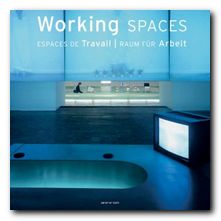reading novels and effective study skills
Why study a novel?
There’s nothing wrong with reading a novel just to pass the time, or as an alternative to watching TV. But if you want to get more out of your reading experience, if you want to start appreciating the finer points of literature, or if you want to make a serious study of the books you read – then you need to go in at a deeper level. For this you may need new reading techniques.
The tips and skills listed here are not in any order of priority, and some may be more appropriate for the book you are reading than others. Use them in any combination possible, and I guarantee you’ll start seeing things in novels you never saw before.
Method
There isn’t one single formula or a secret recipe for the successful study of a novel. But to do it seriously you should be a careful and attentive reader. This means reading, then re-reading. It means making an active engagement with the book, and it probably means reading more slowly than usual. And it means making notes.
Approach
You can read the novel quickly first, just to get an idea of the story-line. Then you will need to read it again more slowly, making notes. If you don’t have time, then one careful slower reading should combine understanding and note-taking. For instance you could read a novella such as Joseph Conrad’s Heart of Darkness quite quickly, then re-read it more carefully, making detailed notes. But in the case of a long novel such as Charles Dickens’s Bleak House it’s unlikely that you would have enough time to read it more than once. You would need to make the notes at the same time as a single reading.
Make notes
There are two possible types of notes – some written in the pages of the book itself, and others on separate sheets of paper. Those in the book are for highlighting small details as you go along. Those on separate pages are for summaries of evidence, collections of your own observations, and page references for study topics or quotations.
Notes written in the book are absolutely vital if you are going to write about the book – say for a term paper or a coursework essay. They will save you hours of searching through the pages to locate a passage you wish to quote.
Notes in the book
Use a soft pencil – not a pen. Ink is too distracting on the page. Don’t underline whole paragraphs. If something strikes you as interesting, write a brief note saying why or how it is so. If you read on the bus or in the bath, use the inside covers and any blank pages for making notes. Do not of course write in library books – only your own copy. To do so is both insulting to other readers, and very stupid – because you lose the notes when the book is returned.
Vladimir Nabokov’s notes on Kafka’s Metamorphosis
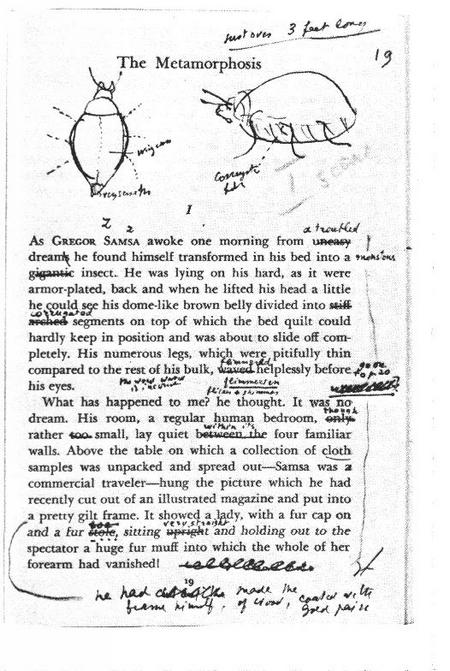
What to note?
You can nmake a note of anything that strikes you as interesting, but here are some suggestions:
- the appearance of characters
- recurring themes or motifs
- features of the author’s style
- plot twists or crucial scenes
- important details of the story
Some do’s and don’ts
Underline up to a couple of lines of the text if necessary – but also put a word or two in the margin that gives it a title. In other words, give a name to what you think is important. Don’t underline whole paragraphs: that creates an ugly page, and it’s a waste of time. Instead, write a note in the top or bottom margin, saying what you think is important. Or put a circle round a name or a special couple of words.
Separate notes
You will definitely remember the characters, events, and features of a novel more easily if you make notes whilst reading. Use separate pages for different topics. You might make a record of
- characters
- chronology of events
- major themes
- stylistic features
- narrative strategies
Characters
Make a note of the name, age, appearance, and their relationship to other characters in the novel. Writers usually give most background information about characters when they are first introduced into the story. Make a note of the page(s) on which this occurs. Note any special features of main characters, what other characters (or the author) thinks of them.
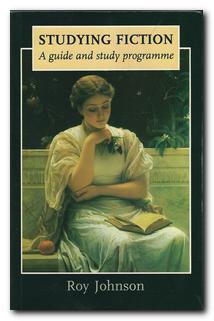 Studying Fiction is an introduction to the basic concepts and technical terms you need when making a study of stories and novels. It shows you how to understand literary analysis by explaining its elements one at a time, then showing them at work in short stories which are reproduced as part of the book. Topics covered include – setting, characters, story, point of view, symbolism, narrators, theme, construction, metaphors, irony, prose style, tone, close reading, and interpretation. The book also contains self-assessment exercises, so you can check your understanding of each topic.
Studying Fiction is an introduction to the basic concepts and technical terms you need when making a study of stories and novels. It shows you how to understand literary analysis by explaining its elements one at a time, then showing them at work in short stories which are reproduced as part of the book. Topics covered include – setting, characters, story, point of view, symbolism, narrators, theme, construction, metaphors, irony, prose style, tone, close reading, and interpretation. The book also contains self-assessment exercises, so you can check your understanding of each topic.
![]() Buy the book at Amazon UK
Buy the book at Amazon UK
![]() Buy the book at Amazon US
Buy the book at Amazon US
Chronology of events
A summary of each chapter will help you reconstruct the whole story long after you have read it. The summary prompts the traces of reading experience which lie dormant in your memory. If the book is divided into chapters, make a short summary of each one as you finish reading it.
A chronology of events might also help you to unravel a complex story. It might help separate plots from sub-plots, and even help you to see any underlying structure in the story – what might be called the ‘architecture of events’.
Major themes
These are the important underlying issues with which the novel is concerned. They are usually summarised as abstract concepts such as – marriage, education, justice, freedom, and redemption. These might only emerge slowly as the novel progresses on first reading – though they might seem much more obvious on subsequent readings.
Seeing the main underlying themes will help you to appreciate the relative importance of events. It will also help you to spot cross-references and appreciate some of the subtle effects orchestrated by the author.
Stylistic features
These are the decorative and literary hallmarks of the writer’s style – which usually make an important contribution to the way the story is told. The style might be created by any number of features:
- choice of vocabulary
- imagery and metaphors
- shifts in tone and register
- use of irony and humour
Quotations
If you are writing an essay about the novel, you will need quotations from it to support your arguments. You must make a careful note of the pages on which they occur. Do this immediately whilst reading – otherwise tracking them down later will waste lots of time.
Record page number and a brief description of the subject. Write out the quotation itself if it is short enough. Don’t bother writing out long quotations.
Bibliography
If you are reading literary criticism or background materials related to the novel – make a full bibliographic record of every source. In the case of books, you should record – Author, Book Title, Publisher, Place of publication, Date, Page number.
If you borrow the book from a library, make a full note of its number in the library’s classification system. This will save you time if you need to take it out again at a later date.
In the case of Internet and other digital sources (CDs, websites, videos) you need to look at our guidance notes on referencing digital sources.
Maps and diagrams
Some people have good visual memories. A diagram or map may help you to remember or conceptualise the ‘geography’ of events. Here’s Vladimir Nabokov’s diagram of the geography of Southerton in Jane Austen’s Mansfield Park.
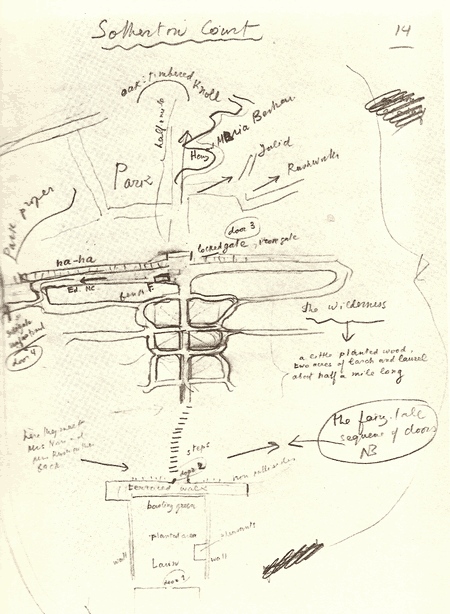
Chapter summaries
Many novels are structured in chapters. After reading each chapter, make a one sentence summary of what it’s about. This can help you remember the events at a later date. The summary might be what ‘happens’ in an obvious sense [Mr X travels to London] but it might be something internal or psychological [Susan realises she is ‘alone’].
Deciding what is most important will help you to digest and remember the content of the novel. The process of deciding will also help you to separate the more important from the less important content.
Making links
Events or characters or details of plot may have significant links between them, even though these are revealed to the reader many pages apart. Always make a note as soon as you see them – because they will be very hard to find later.
Use a dictionary
Some novelists like to use unusual, obscure, or even foreign words. Take the trouble to look these up in a good dictionary. It will help you to understand the story and the author, and it will help to extend the range of your own vocabulary. If you need help choosing a good dictionary for studying, have a look at our guidance notes on the subject.
What is close reading?
When you have become accustomed to looking at a novel in greater depth, you might be interested to know that there are four possible stages in the process of understanding what it has to offer and what can be said about it. These are the four, in increasing degree of complexity.
1. Linguistic
You pay especially close attention to the surface linguistic elements of the text – that is, to aspects of vocabulary, grammar, and syntax. You might also note such things as figures of speech or any other features which contribute to the writer’s individual style. This level of reading is largely descriptive.
2. Semantic
You take account at a deeper level of what the words mean – that is, what information they yield up, what meanings they denote and connote. This level of reading is cognitive. That is, we need to understand what the words are telling us – both at a surface and maybe at an implicit level.
3. Structural
You note the possible relationships between words within the text – and this might include items from either the linguistic or semantic types of reading. This level of reading is analytic. You assess, examine, sift, and judge a large number of items from within the text in their relationships to each other.
4. Cultural
You note the relationship of any elements of the text to things outside it. These might be other pieces of writing by the same author, or other writings of the same type by different writers. They might be items of social or cultural history, or even other academic disciplines which might seem relevant, such as philosophy or psychology. This level of reading is interpretive. We offer judgements on the work in its general relationship to a large body of cultural material outside it.
Next steps
If you want a sample of these four levels of reading illustrated with brief extracts from a short story and a long novel, here are –
© Roy Johnson 2004
Literary studies links
![]() Tutorials on 19th century authors
Tutorials on 19th century authors
![]() Tutorials on 20th century authors
Tutorials on 20th century authors
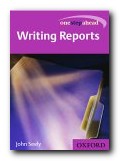
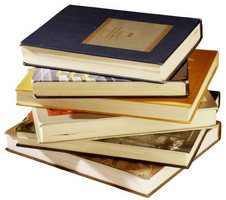
 1. In preparation for writing a piece of work, you should take notes from a number of different sources: course materials, set texts, secondary reading, interviews, or tutorials and lectures. You might gather information from radio or television broadcasts, or from experiments and research projects. The notes could also include your own ideas, generated as part of the planning process.
1. In preparation for writing a piece of work, you should take notes from a number of different sources: course materials, set texts, secondary reading, interviews, or tutorials and lectures. You might gather information from radio or television broadcasts, or from experiments and research projects. The notes could also include your own ideas, generated as part of the planning process. Many people have difficulties knowing how to use and in a sentence. That’s possibly because it is such a common word.
Many people have difficulties knowing how to use and in a sentence. That’s possibly because it is such a common word.
